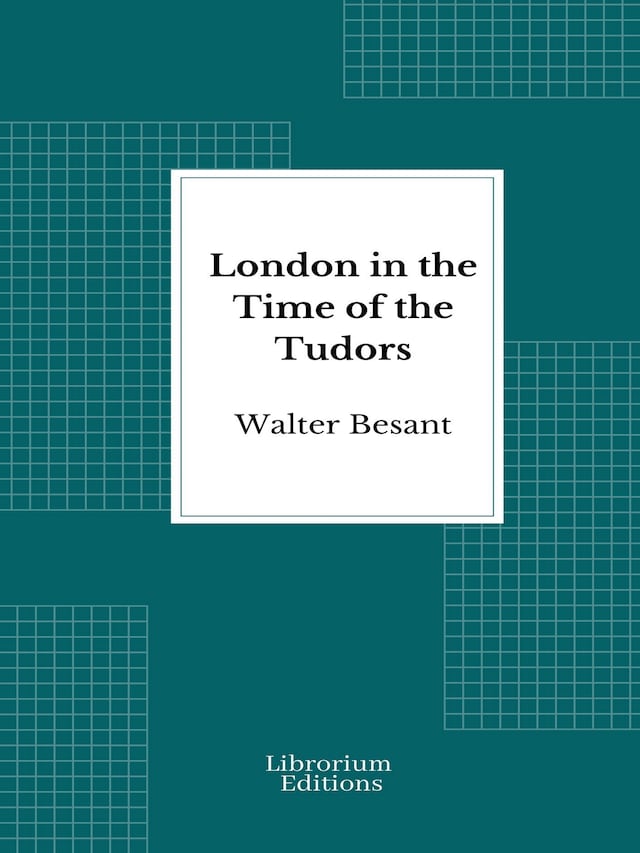
London in the Time of the Tudors - 1904- Illustrated Edition
Description of book
On stepping out of the fifteenth into the sixteenth century one becomes conscious of a change; no such change was felt in passing from the twelfth to the thirteenth century, or from the fourteenth to the fifteenth. The world of Henry the Sixth was the same world as that of Edward the First; it was also the same as that of Henry the Second. For four hundred years no sudden, perceptible, or radical change took place either in manners and customs, language, arts, or ideas. There had, of course, been outbreaks; there had been passionate longings for change; men before their time, like Wyclyf, had advanced new ideas which sprang up like grass and presently withered away; there had been changes in religious thought, but there was no change, so far, in religious institutions. At the beginning of the sixteenth century, however, we who know the coming events can see the change impending, change already begun. Whether the Bishops and Clergy, the Monks and Friars, were also conscious of impending change, I know not. It seems as if they must have been uneasy, as in France men were uneasy long before the Revolution. On the other hand, Rome still loomed large in the imagination of the world: the Rock on which the Church was established; the Throne from which there was no appeal; the hand that held the Keys. We have now, however, to chronicle the part, the large part, played by London in this great century of Revolution
 Walter Besant
Walter Besant 596 Pages
596 Pages